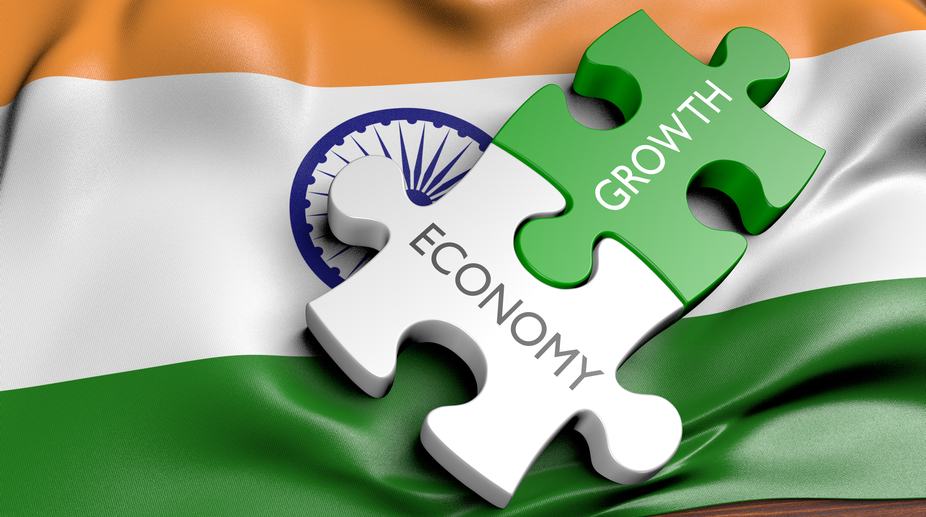Foreign investors selling Indian equities due to ‘profit booking’: Nirmala Sitharaman
Union Finance Minister Nirmala Sitharaman Monday said the foreign institutional investors (FII) are selling Indian equities lately due to the profit booking.

(Photo: Getty Images)
The World Bank on Wednesday projected India’s GDP growth at 7.3 per cent for the next financial year and accelerate further to 7.5 per cent in 2019-20.
The World Bank’s biannual publication, India Development Update: India’s Growth Story, expects the economy to clock a growth rate of 6.7 per cent in the current fiscal ending March 31.
Advertisement
The report, however, observed that a growth of over 8 per cent will require “continued reform and a widening of their scope” aimed at resolving issues related to credit and investment, and enhancing competitiveness of exports.
Advertisement
“The Indian economy is likely to recover from the impact of demonetisation and the GST, and growth should revert slowly to a level consistent with its proximate factors — that is, to about 7.5 per cent a year,” the report said.
In November 2016, the government had scrapped high value currency notes of Rs 500 and Rs 1,000 in a bid to check black money, among others.
Later, India implemented its biggest indirect tax reform — Goods and Services Tax (GST).
Both of these initiatives had impacted the economic activities in the country in short run.
India’s economic growth had slipped to a three year low of 5.7 per cent in April-June quarter of the current fiscal, though it recovered in the subsequent quarters.
The economy is expected to grow at 6.6 per cent in the current fiscal ending March 31, as per the second advanced estimates of the Central Statistics Office (CSO), compared to 7.1 per cent in 2016-17. The earlier estimate was 6.5 per cent.
The Economic Survey tabled in Parliament has projected a growth rate of 7 to 7.5 per cent in the 2018-19 financial year.
The World Bank report further said that accelerating the growth rate will also require continued integration into global economy.
It pitches for making growth more inclusive and enhancing the effectiveness of the Indian public sector.
Advertisement